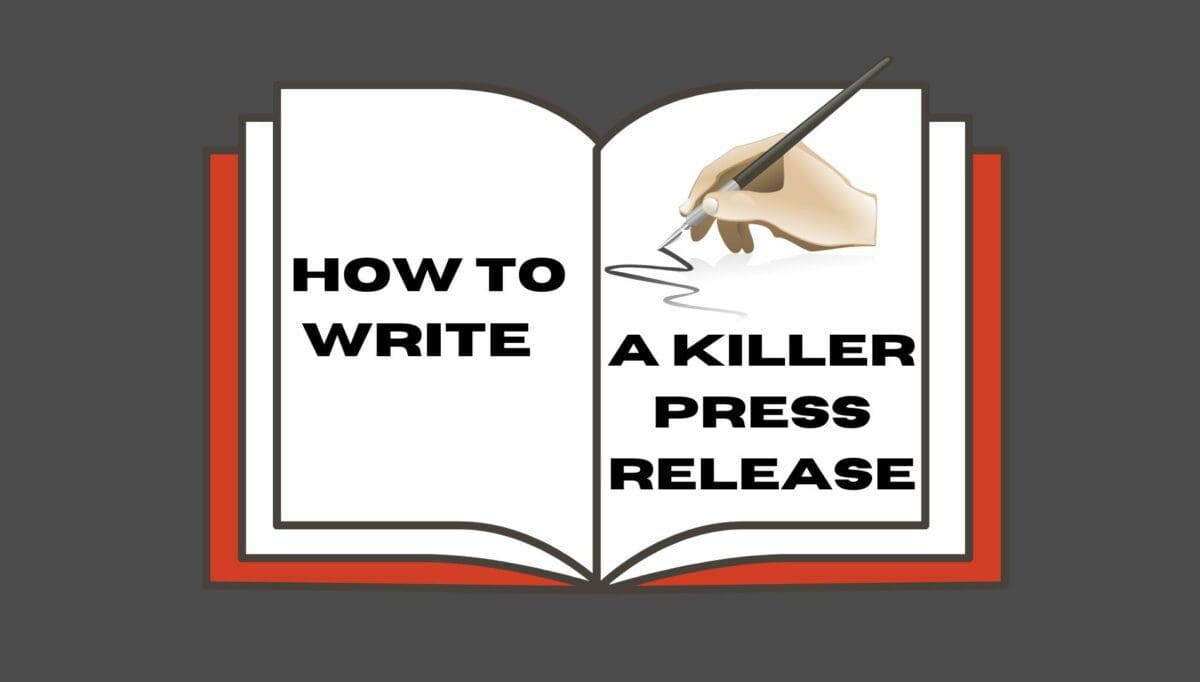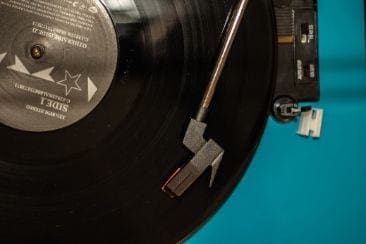Music chords are the harmonic framework found within music.
Learning how to use them can provide a greater understanding of music theory which can be applied to any genre. Understanding how to use them is essential for anyone who wants to play or write music.
Why Are Chords Important?
They’re important for developing the structure of a song and helping to define different sections of a song with the use of chord progressions.
A chord progression is a series of chords played in a sequence. Progressions are used to add harmonic content to a song. They are also used to create a sense of ‘movement’ within the music.
They can also be used to provide a melody with context and allow the characteristics of a melody to be clearly heard.
A melody is a linear sequence of musical notes that are heard as a single entity. Chords can also be used rhythmically to make a song more interesting and unique. This is particularly relevant to genres such as Reggae where the use of rhythm is a defining characteristic of the genre
What Instruments Can Chords Be Played On?
They can be played on a polyphonic instrument (such as a guitar or piano). Polyphonic instruments are capable of producing more than one note at a time. Monophonic instruments are limited to producing one note at a time, however, it’s possible to produce chords when several monophonic instruments (such as a woodwind quintet) play in harmony together.
In this article, you will learn what a chord is, how they are built, and how to use basic chords to start playing and writing music by the time you’ve finished reading.

What Is A Chord In Music?
A chord is two or more different notes (usually three or more) that are played together at the same time. An example of a chord is called a triad.
Triad Definition In Music
Here’s some triads music theory explained for you: A triad is a chord built with three notes.
They are built from a root note (also known as the starting note). The root note is the basis for a chord and it is generally the note with the lowest pitch. The rest of the notes are determined by the type of chord that is being played. This is also known as the chord quality.
Examples of these include:
- Major
- Minor
- Augmented
- Diminished
- Major Seventh
- Minor Seventh
- Dominant Seventh
If you want to be able to build and use different qualities, you will first need to learn what music intervals are and how they relate to building chords and their progressions. Understanding the basics of intervals will allow you to build them using music theory knowledge.
Intervals can be heard in any melody or harmony. Similarly to chords, intervals possess qualities of their own. The quality of an interval can be major, minor, perfect, augmented or diminished.In order to relate intervals and how to build them, you will first need to learn about what is known as a scale.

Music Scales
In music, a scale is a specific sequence of notes that are arranged by an ascending or descending order of pitch. Scales use semitones, whole tones or a combination of both. It is important to understand the difference before reading further into this article.
A specific example of a scale is known as the major scale. This is a fundamental scale in music. The major scale is a seven note scale which repeats over several octaves.
An octave is a specific interval between a root note and another note which is half or double the frequency of the root note. The naming conventions and all forms of harmony are based on the intervals of the major scale.
The intervals of the major scale can be found in the table below.
| The Intervals of the Major Scale | |||
| Interval | Quality | Name | Number of Semitones |
| 1 | Perfect | Unison | N/A |
| 2 | Major | Major 2nd | 2 |
| 3 | Major | Major 3rd | 4 |
| 4 | Perfect | Perfect 4th | 5 |
| 5 | Perfect | Perfect 5th | 7 |
| 6 | Major | Major 6th | 9 |
| 7 | Major | Major 7th | 11 |
| 8 | Perfect | Octave | 12 |
What Chords Should You Learn?
As mentioned previously, there are many different chord qualities and each type has a particular sound associated with it. This applies to any type varying from basic triads to more complex types such as major thirteenths.
For the purpose of this article, the focus will be on major, minor, augmented and diminished qualities. Each of these qualities is relatively straightforward and they are ideal for a beginner musician or songwriter to learn.
Chord Diagrams
For now, we’ll be looking at the guitar, so we can explain the following concept, but let us know if you’d like to see piano chords or something else too!
Chord diagrams (guitar chords charts) are used to illustrate each of these qualities with specific examples in the following section of this article. Before reading the next section, you first need to learn how to read and understand these diagrams.
The numbers underneath each diagram correspond to the frets on a guitar. For example, if there is a note above the ‘1’, you will need to use that fret.
‘X’ indicates that you will need to mute a string and make sure not to play that particular string.
‘O’ indicates that you will need to play that particular string open, rather than play a fretted note.
What Is A Power Chord?
Playing power chords are a type of guitar chord that is made up of two notes, the root note and the fifth note of the major scale and is typically used in rock and metal music. It is often played with distortion and is characterized by its heavy, crunchy sound.
Major Chords
A major chord is one that is built from the first degree of the major scale. The term degree (also known as scale degree) refers to the position of a particular note on a scale relative to the tonic. The tonic is the first degree (or note) of a scale.
In other words, a scale degree is a number given to each step of a scale. The degrees of a scale is useful for indicating the quality of an interval and which chords belong to a given scale or key signature.
A major chord is built from a root note, a major third and a perfect fifth. If a chord is built from these particular intervals it is called a major triad in music. Major triads are characterized by a happy and uplifting sound.
In the key of C major, there are three different major chords which form part of the harmony of the major scale. These are C major, F major and G major.
C Major
C major is made up of the following notes: C, E and G. A diagram for C major can be found below.

F Major
F Major is made up of the following notes: F, A and C. A diagram for F major (simplified) can be found below.

G Major
G major is made up of the following notes: G, B and D. A diagram for G major can be found below.

Minor Chords
A minor chord is built from a root note, a minor third (also known as a flat third or b3) and a perfect fifth. The term ‘flat’ means lower in pitch. If a chord is built from these particular intervals it is called a minor triad. Minor triads are characterized by a sad sound.
An example of how to turn a major triad into a minor triad can be seen below.
A C major is built using the notes C, E and G. To make this a C minor, you would need to lower the pitch of the note ‘E’ by a semitone. This would result in ‘E’ becoming ‘Eb’ (E flat). In this example, the note ‘E’ is a major third and the note ‘Eb’ is a minor third.
In the key of C major, there are three different minor chords which form part of the harmony of the major scale. These are D minor, E minor and A minor.
D Minor
D minor is made up of the following notes: D, F and A. A diagram for D minor can be found below.

A Minor
A minor is made up of the following notes: A, C and E. A diagram for A minor can be found below.

E Minor
E minor is made up of the following notes: E, G and B. A diagram for E minor can be found below.

Augmented Chords
An augmented chord is one that is built by raising the pitch of the perfect fifth interval in a major triad by one semitone.
An augmented chord is built from a root note, a major third and an augmented fifth (also known as a sharp fifth or #5). The term ‘sharp’ means higher in pitch. If a chord is built from these particular intervals it is called an augmented triad. Augmented triads are characterized by an anxious and suspenseful sound. An example of how to turn a major triad into an augmented triad can be seen below.
A C major is built using the notes C, E and G. To make this a C augmented, you would need to raise the pitch of the note ‘G’ by a semitone. This would result in ‘G’ becoming ‘G#’ (G sharp). In this example, the note ‘G’ is a perfect fifth and the note ‘G#’ is an augmented fifth.
C Augmented
C Augmented is made up of the following notes: C, E and G#. A diagram for C Augmented can be found below.

Diminished Chords
A fully diminished chord is one that is built by lowering the pitch of the major third and perfect fifth intervals in a major triad by one semitone. A diminished chord is equivalent to a minor triad with a diminished fifth (also known as a flat fifth or b5) or a diminished seventh chord instead of a perfect fifth.
It’s built from a root note, a minor third and a diminished fifth. If a chord is built from these particular intervals it is called a diminished triad. Diminished triads are characterized by a tense and unpleasant sound. An example of how to turn a major triad into a diminished triad can be seen below.
A C major chord is built using the notes C, E and G. To make this a C diminished chord you would need to lower the pitch of the note ‘E’ and the note ‘G’ by a semitone. This would result in ‘E’ becoming ‘Eb’ (E flat) and ‘G’ becoming ‘Gb’ (G flat). In this example, the note ‘E’ is a major third, the note ‘Eb’ is a minor 3rd, the note ‘G’ is a perfect fifth and the note ‘Gb’ is a diminished fifth.
In the key of C major, there is one diminished chord which forms part of the harmony of the major scale. This is B diminished.
B Diminished
B Diminished is made up of the following notes: B, D and F. A diagram for B Diminished can be found below.

What Chord Progressions Should You Learn?
As mentioned earlier, a progression is a series of chords played in a sequence.
In this instance, the sequence is derived from intervals of the major scale. The intervals of the major scale also correspond to which chords belong to a given major key. The order of the chords in a given scale can be written as specific root notes and qualities or they can be written as roman numerals.
An upper case roman numeral refers to a major chord. A lower case roman numeral refers to a minor chord. A lower case roman numeral with an ‘o’ refers to a diminished chord.
There are many variations of chord progressions in music but for now, the focus will be on three specific examples. In each of the examples below, all of the chords and progressions are from the same key, which is the key of C major. The table below illustrates which notes and chords belong to the key of C major, and also which roman numeral each one is associated with.
| Note | C | D | E | F | G | A | B |
| Chord | Major | Minor | Minor | Major | Major | Minor | Diminished |
| Numeral | I | ii | iii | IV | V | vi | viio |
You can also learn some Jazz chord progressions to help spice things up a little and work within various genres!
I – V – vi – IV
This example is commonly used to create what is known as “the 4 chord song”. This progression is used throughout music, particularly in pop music.
| Root Note | C | G | A | F |
| Chord | Major | Major | Minor | Major |
| Numeral | I | V | vi | IV |
ii – V – I
| Root Note | D | G | C |
| Chord | Minor | Major | Major |
| Numeral | ii | V | I |
I – vi – IV – V
| Root Note | C | A | F | G |
| Chord | Major | Minor | Major | Major |
| Numeral | I | vi | IV | V |
How Can You Apply What We’ve Learned?
If you have understood all of the information discussed in this article and want to apply this information, try creating your own progressions in C major and several different major keys. If you are using your newfound music theory knowledge to start writing a song, why not use different chords within your bridge?
Make sure that you understand the music theory behind each progression you create. This will help you to understand music theory as a whole as you progress as a musician and songwriter. One way to get started is by making accompaniments using real instrument recordings with our guide to the tool Band-in-a-Box. You can also learn about broken chords aka arpeggios in our article.










